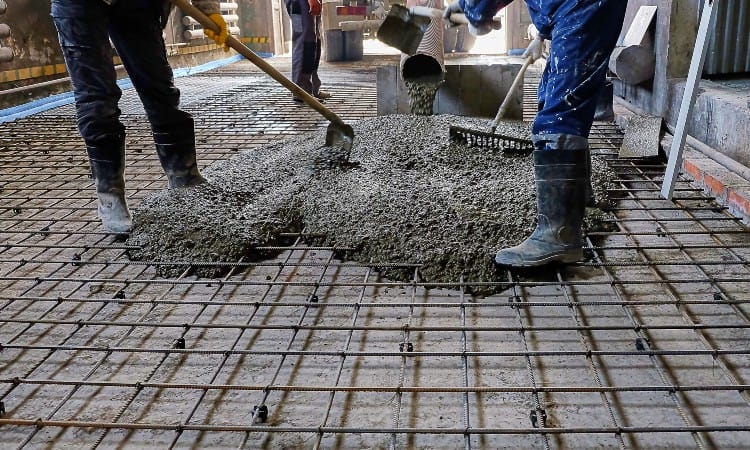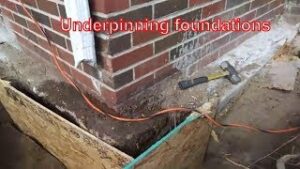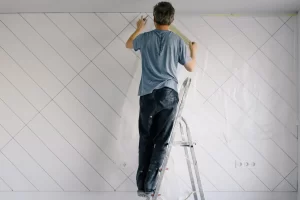The Benefits of Polished Concrete
3 min read
Polished concrete flooring can provide an elegant and functional alternative to carpet or tile, thanks to its distinctive finish. Contractors can create custom looks while remaining more durable than alternative surfaces by grinding, honing and polishing concrete surfaces.
Concrete house slabs Melbourne is ground with industrial diamonds and honed using increasingly finer grits until the desired sheen is achieved, then treated with chemical densifiers to harden and seal it.
It’s Easy to Maintain
Concrete flooring is strong and resilient, meaning that it can withstand plenty of abuse without showing wear and tear. But just like with any flooring material, proactive maintenance measures such as regularly sweeping and mopping should be undertaken in order to prevent damages to this surface.
Sweeping the floor regularly removes dust particles that can abrasively grind on concrete and diminish its aesthetic appearance over time. Wet mopping with pH neutral cleaner is also key, since acidic or alkaline cleaners could damage or dull its finish over time.
Polished concrete flooring is an ideal choice for spaces that need frequent sanitation, such as hospitals or warehouses, due to its smooth surface making beds on wheels easier to move while withstanding chemicals that might spill onto it from nearby sources. Furthermore, its reflective properties help lower lighting costs while improving ambient lighting throughout a building; unlike other flooring materials that require stripping and waxing for sanitation, polished concrete only needs water for sanitation.
It’s Durable
Most people associate polished concrete floors with airports, car parks and garages; however, this material is actually highly durable and long-term use may require little replacement compared to tile floors which tend to break down over time.
Polished concrete offers significant cost-cutting potential to business owners with high traffic spaces looking for cost-cutting alternatives to costly coverings or coatings. Polished concrete can be densified and hardened either mechanically using progressive grits of diamond abrasives, or chemically to increase surface strength and toughness.
Dye can be added during the polishing process to achieve various colors and finishes, from natural gray to deep sheen. Dye manufacturers advise applying dye at around the 240-grit stage once densification has taken place; this ensures that it bonds more securely to the surface, making it less permeable.
It’s Versatile
Polished concrete may be more often seen indoors as decorative flooring material; however, its versatility extends outdoors as a weather-resistant, strong material which doesn’t crack under moisture pressure – perfect for paver paths, walls and flooring applications.
Polished concrete may conjure images of simple industrial aesthetic, but its versatility means it can suit any aesthetic. Dyes can be added during polishing to adapt to any interior design scheme while it can even be stamped to form patterns and shapes.
Polished concrete flooring is an excellent option for airports, car parks and garages, shopping centres and factories. This sleek material has minimal maintenance needs while meeting LEED compliance, is cost-effective and Oregon businesses may qualify for tax credits as an additional perk. Furthermore, polished concrete’s durability stands up well against heavy foot traffic as well as constant cleaning; making it a good choice in high traffic areas where regular maintenance needs to take place.
It’s Aesthetically Pleasing
Though many associate concrete with basements and garages, polished concrete floors have become an increasingly popular flooring option across offices, hospitals, retail stores, restaurants and more. Not only can it withstand moisture well but they’re breathable, durable and visually pleasing as well.
Polished concrete allows you to achieve many different looks, from matte to high gloss finishes and beyond. Plus, its high reflectivity can reduce artificial lighting needs and save on energy costs!
Some concrete floors can be “honed,” instead of physically polished, requiring only three or four grinding steps as opposed to all seven required for true mechanical polishing. This process is known as chemical polishing and does not provide all the same benefits of true mechanical polishing; however, it still creates beautiful looks at a lower cost and reduces waste as an existing slab is reused thus decreasing waste material use and waste creation.




